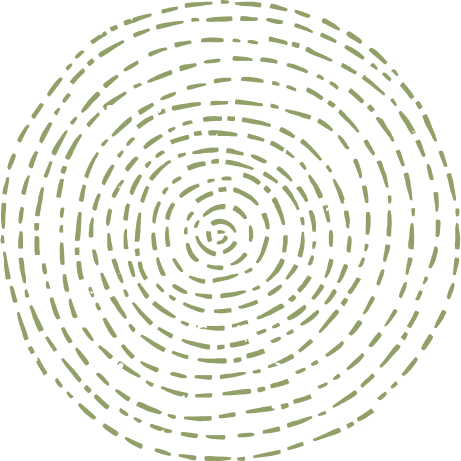Big Cat Or ‘Big Cat’?
on Jan 09, 2024A most confusing question indeed, yet is one that makes perfect sense and also one that is still an area of controversy today. Sabi Sabi and surrounds are renowned for our phenomenal felines, but most famous for our ‘Big Cats’. Strangely the cheetah, a sizable animal, is not considered a ‘Big Cat’. This now raises a few questions, “What exactly is a ‘Big Cat’? Do you get ‘Small Cats’? What are the differences and what exactly do we mean when we say, ‘Big Cat’?”
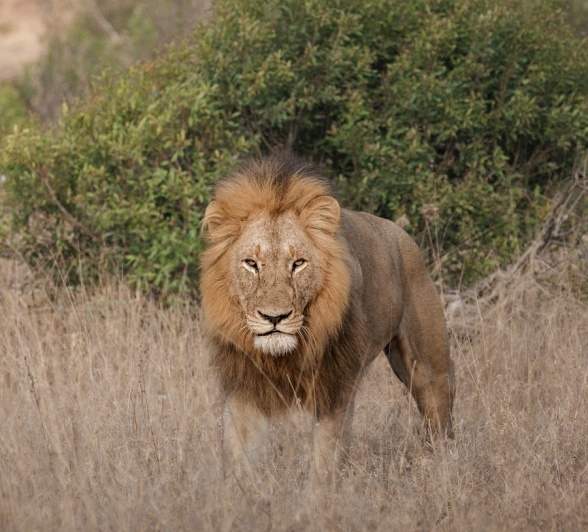
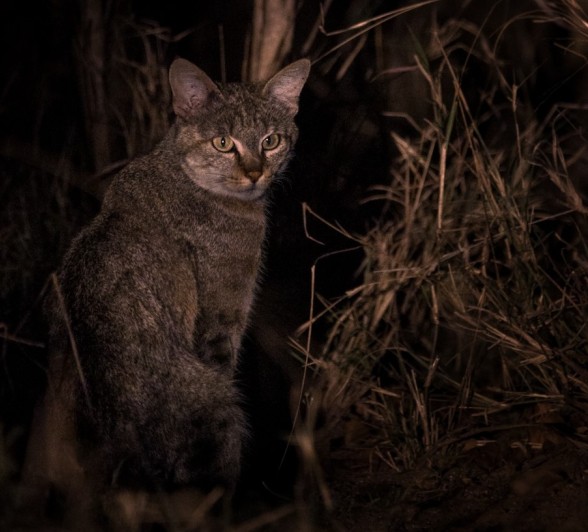
The term ‘Big Cats’ was used as a method of classification, the science of arranging animals and plants into groups based on their observed similarities, better known as Taxonomy. The question of how we categorise all these cat species came about around the 18th and 19th Century, when taxonomy was entering the mainstream. During this time classifications were made on observations such as body structure, foot structure, social behaviour, jaw and teeth structure, vocalisations, and hunting behaviour to name a few. Nowadays genetic sequencing has taken a more leading role in classification, giving us a much more accurate understanding of how all our wildlife fit together. Cats are part of the feline family, a taxonomical group that are mainly characterised by:
- A compact and muscular body structure
- Protractible claws
- A specific dental structure notably their large canine teeth
- A predominantly solitary lifestyle
- A hunting style that relies on ambush and stealth
- Are territorial
- A relatively short gestation period
While these are only a few of the main characteristics there are always exceptions. With these fundamental markers established, we can now understand how the further grouping of these animals takes place and why the term ‘Big Cat’ exists.
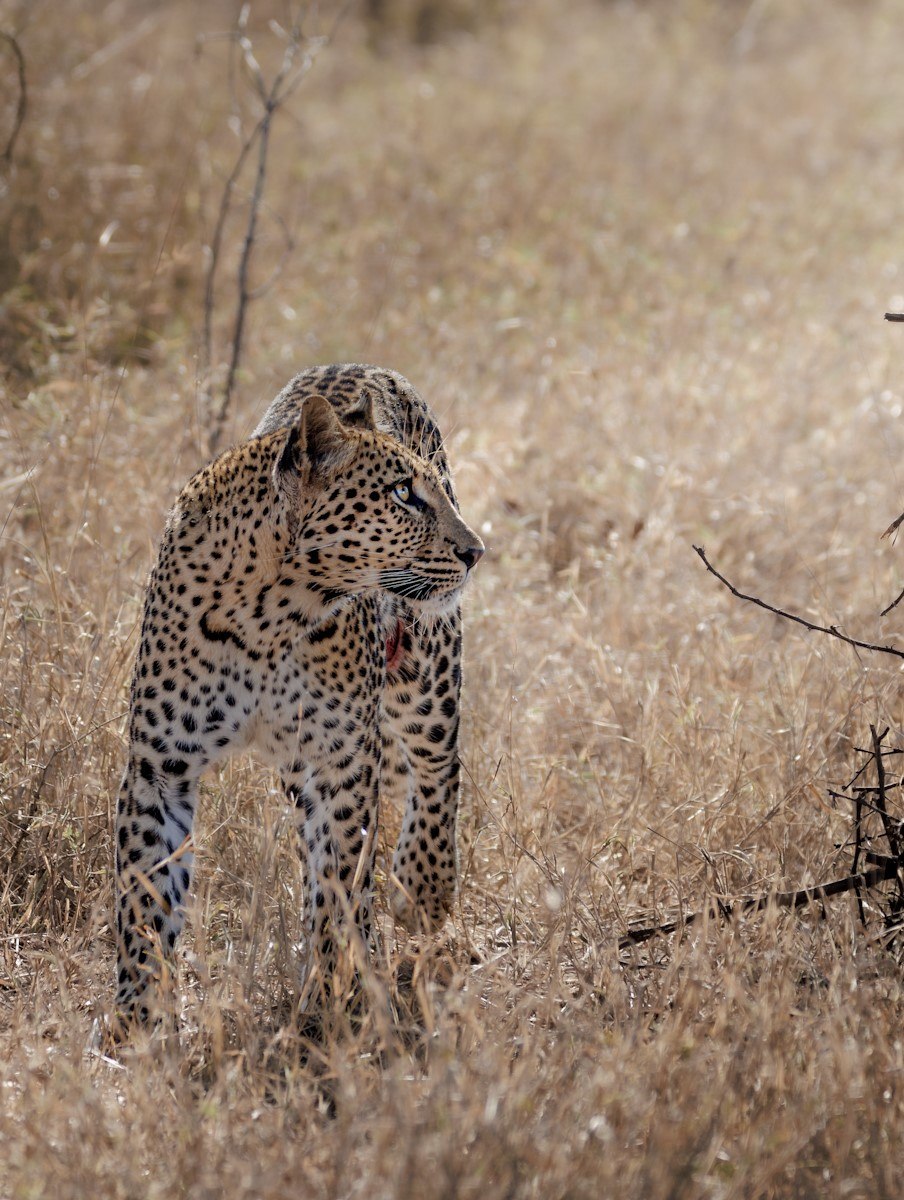
The term ‘Big Cats’ nowadays is predominantly used to refer to any of the 5 living species of the genus Panthera; the lion, tiger, leopard, jaguar and Snow leopard. There are three primary ways in which this came about and classified over the years, each one with its own merits and its own flaws.
The noise they make
It simply boils down to, do they roar or do they purr? The ability for a cat to roar comes down to a floating hyoid bone in the throat. Their larynx is square shaped and the strap muscles that hold this all in place are attached to the 3rd/4th rib and not the 1st. A defining trait of ‘Big Cats’ is their ability to roar, this is seen in lions, tigers, leopards and jaguars. Cheetahs and pumas cannot roar and are thus not considered ‘Big Cats’ by this definition. The issue arises when you find out that Snow leopards cannot roar, they have the required hyoid bone but are simply not able to.
Simply their size
The simple method is the size of the animal, big cat literally means a large cat. Seems simple enough but the question then arises, where does big stop and small begin? Where is the differentiating line? Many adult pumas are larger than adult leopards, yet are not considered a ‘Big Cat’, some Eurasian Lynx have been known to be larger than Snow Leopards, but are not a ‘Big Cat’, the line then is very difficult to draw. One possible way to determine where the line goes is to look at our relationship with the cat, maybe they were classified as big because they are of the size and reputation where they pose a risk to our own lives. They are large enough to scare us, its then becomes a little easier to draw the differentiating line.
Defining DNA
The most accurate and important tool in the scientific toolbox. There are still many researching and sequencing the DNA of all our wild cats which has already led to some interesting discoveries and unsuspecting relations. Originally the Snow leopard was not considered a ‘Big Cat’ but was added upon determining it was part of the genus Panthera (this is still debated however). The cheetah was also found to be more related to small domestic cats than to lions.
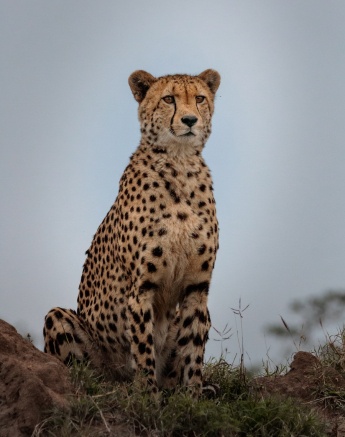
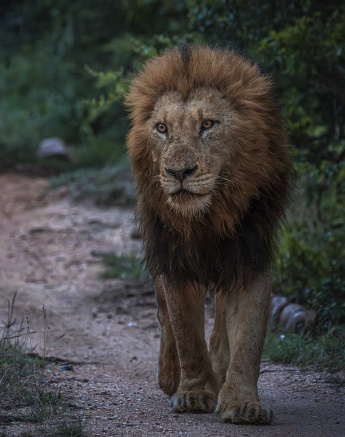
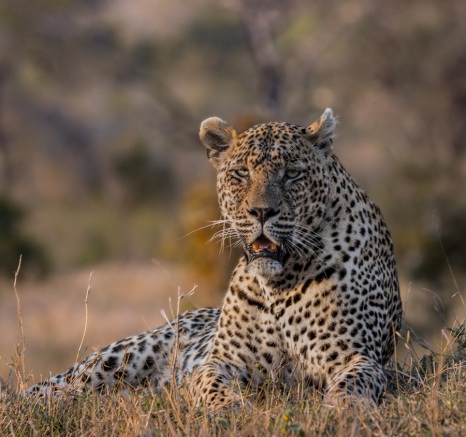
At the turn of the 20th Century, we had a much clearer view of our wild cat species. We determined there were in fact 8 distinct lineages of feline, the large cats of Panthera and others that contained bay cats, caracals, lynx, pumas, ocelots, leopard cats and wild cats. This information prompted us to re-evaluate our classification of cats and led to the taxonomy we have today, but new evidence is always coming to light and is a forever-evolving field of study. Fossil history also allows us to find common ancestors and from that helps us further categorise, unfortunately, cats are a relatively new family of mammals and fossil records are scarce making them one of the most recent historical enigmas. These issues aside, we have still discovered a great deal in our understanding of these enchanting creatures; tigers and Snow leopards are more closely related to each other than to any other cat. Clouded leopards, while considered small cats, are in fact seen as the link between small and big cats with their own unique genus.
So is a big cat a ‘Big Cat’? Well, I guess it all depends on which definition best suits you. Here at home in Sabi Sabi, there is no question that lion and leopard are big cats and if you’re lucky enough to be nearby to a roaring lion or rasping leopard, you’ll most definitely agree. The cheetah on the other hand is a much more complex answer. Definitely large in size, but have no guttural vocalisation like their cousins. For me it’s an enjoyable topic to discuss with guests but not quite of the big cat status of the other two.
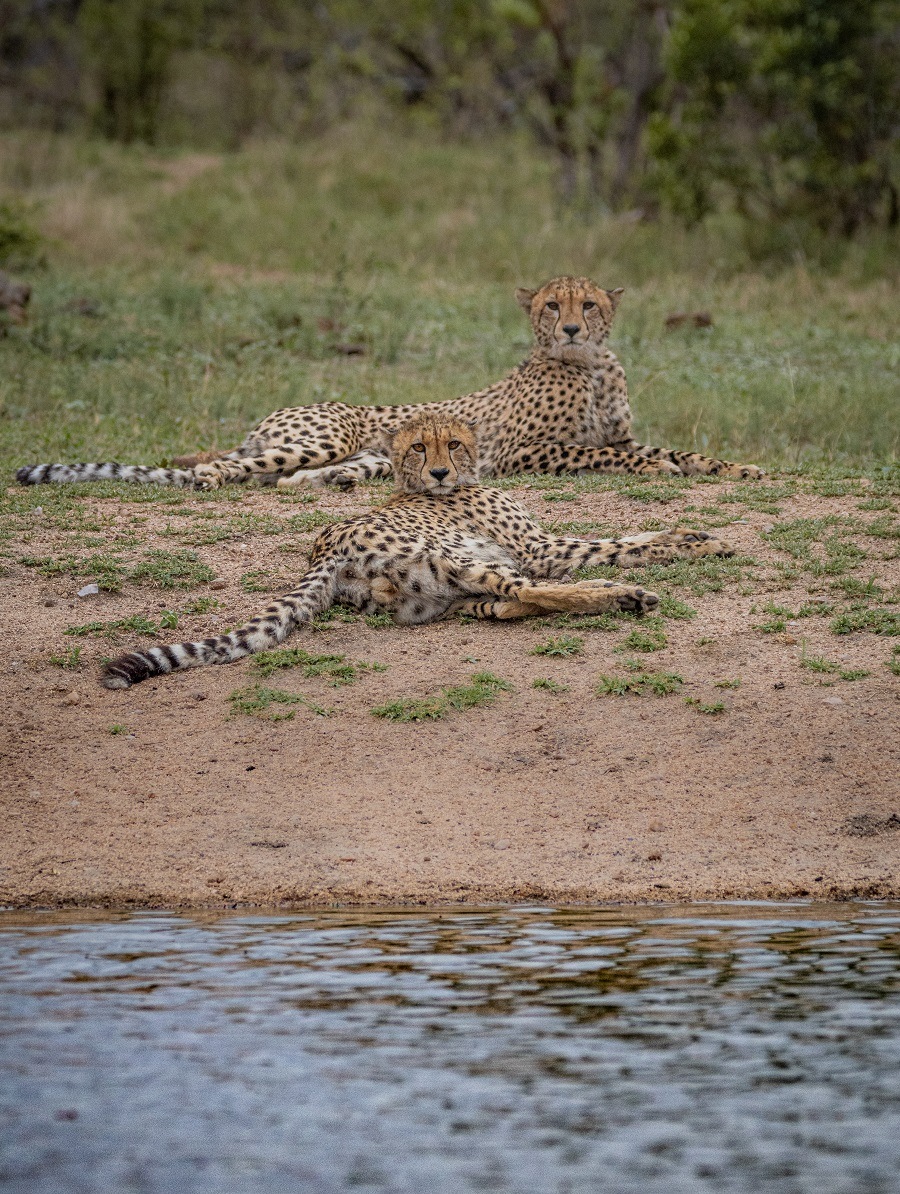
Blog by Devon Jansen (Selati Camp Ranger)







